I bought some slightly more powerful leds to build a hobby project and grow some herbs. The kit has 10 LEDs that have the following spec:
Power: 3W
Voltage: DC3.6V
current::700mA
It comes with a driver:
Output Voltage: DC18V ~ 36V
Output Current: 600mA
The idea is put 10 in series and drive them from AC with that driver.
My questions is how can it work without burning them out? I know about the voltage drop, but the first LED still gets a high voltage? They are only rated ~3V.
I "tested" one LED with 9V battery and it lighted up very bright and then it was dead. Was it because of 9V or was it because it drew that much current? What am I missing here, it looks like there is some very basic thing I don't understand. I have studied the OHM law and have built some simple things, but I'm out of ideas here.

